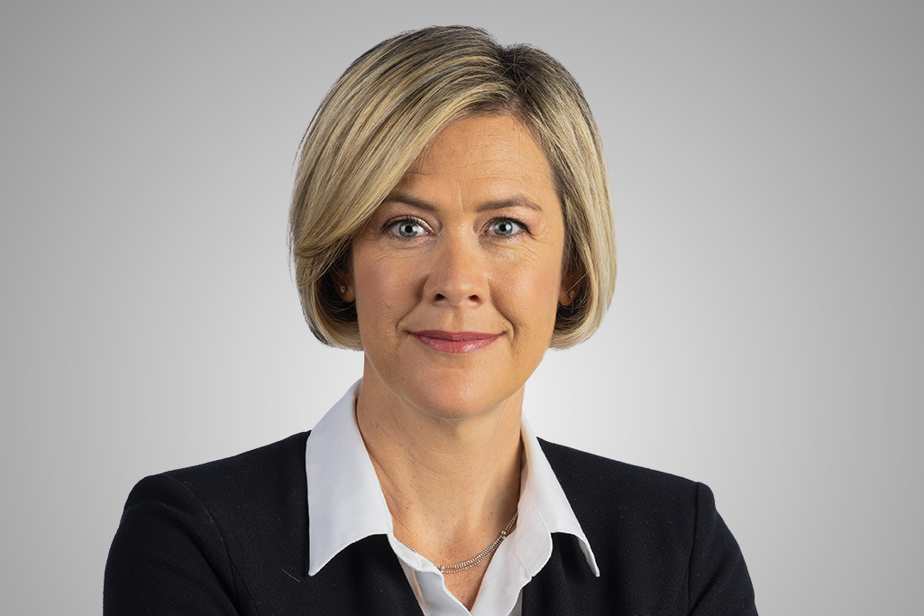Isn’t that ironic? Valérie Plante, who promised to be the “mayor of mobility”, now wants to block the Camillien-Houde route to motorists who want to access Mount Royal.
As the opposition did not fail to point out, this idea goes against the recommendation submitted by the Office de consultation publique de Montréal (OCPM) which was chaired, in 2019, by Dominique Ollivier… today number 2 in the Plante administration.
For a U-shaped bend, it’s quite one.
And too bad for the OCPM consultations which allowed more than 13,000 people to make their voices heard! This record participation demonstrated to what extent Montrealers care about their mountain, the green jewel of the city, the link between the two solitudes.
After reviewing 1,184 online opinions and 689 submissions – the majority opposing the closure of Camillien-Houde to cars – the OCPM concluded that the most advantageous solution was the establishment of a “pleasure path » allowing vehicles to travel at reduced speed to enjoy the landscape.
This idea had received the support of several organizations which are not exactly car lobbies, starting with the Friends of the Mountain.
But the City prefers to transform Camillien-Houde into a pedestrian promenade with a designated space for cyclists, even if you have to be a truly motivated athlete to climb this long and steep hill.
But why completely exclude cars? Especially since we can’t help but keep one lane open so that fire trucks and ambulances can circulate…
For some, the answer is simple: cars have no business in a park. End of the discussion. It’s a bit short of an explanation.
If the objective is to reduce pollution, we miss the target.
Yes, we must reduce the number of vehicles to fight against climate change which is leading humanity to the “gates of hell”, as the UN Secretary General said a few days ago.
Currently, 10,000 vehicles travel on Mount Royal daily, 85% of which are in transit. But if we cut off traffic, vehicles will not magically disappear. Instead, they will bypass the mountain, adding to congestion in outlying neighborhoods, as seen in a pilot project. Ultimately, we will therefore increase CO emissions.2.
If the objective is to ensure the safety of cyclists, we are not obliged to do the same.

PHOTO CHARLES WILLIAM PELLETIER, LA PRESSE ARCHIVES
A cyclist climbing the Camillien-Houde route greets the ghost bike installed in memory of Clément Ouimet.
It is clear that the current configuration remains dangerous for bicycles, even if we have made the lane a little safer since the death of young Clément Ouimet, hit by a driver who was making a U-turn.
Now, concrete walls and bollards block this type of maneuver. But there are still drivers in a hurry who overtake on the right – riding on the shoulder that the bikes are taking – because they don’t like that the driver in front of them respects the speed limit of 40 km/h.
That said, there are ways to create coexistence without completely banning vehicles. Cyclists who train regularly on the mountain themselves said this during the consultations.
In the narrowest space at the top, where the road is sandwiched between two cliffs, the OCPM had retained the idea of keeping a single lane for motorists who would take turns using alternating lights. This option would leave sufficient space for cyclists and pedestrians. And it would slow down drivers who mistake the mountain for a race track.
This fits well with the idea of a pleasure path which would impose a reduced speed for vehicles. A path with clearer and safer signage, with a real flowered median instead of unsightly bollards, with a designated space for bicycles and pedestrians…
In short, a happy compromise that would make everyone happy.
Because if we close Camillien-Houde to vehicles, including buses, access to the mountain will be more complicated for the population of eastern Montreal. A family barbecue? A cross-country ski tour? Sorry, you will have to go around the mountain and take Remembrance Road, the western access to Mount Royal which will remain open, to park near Beaver Lake.
As for the Camillien-Houde belvedere, a major tourist attraction, vehicles will no longer be able to go there at all, which will deprive all people who do not have legs strong enough to climb the mountain from a view from the top of the mountain. side.
That said, the city is considering establishing a shuttle that will take visitors from the parking lot to the current belvedere which will be redeveloped as well as to the new belvedere it wants to install to take advantage of the view of the north side of the city. A nice addition.
Mount Royal is a symbol. Let’s make sure we find a solution that preserves its accessibility for everyone.
The position of The Press
There are ways to create coexistence on Mount Royal and ensure the safety of cyclists without completely banning vehicles. Let’s follow this path instead of pitting each other against each other with an “all or nothing” approach.
